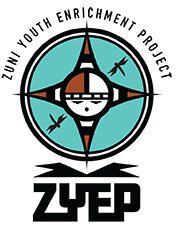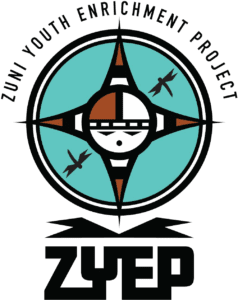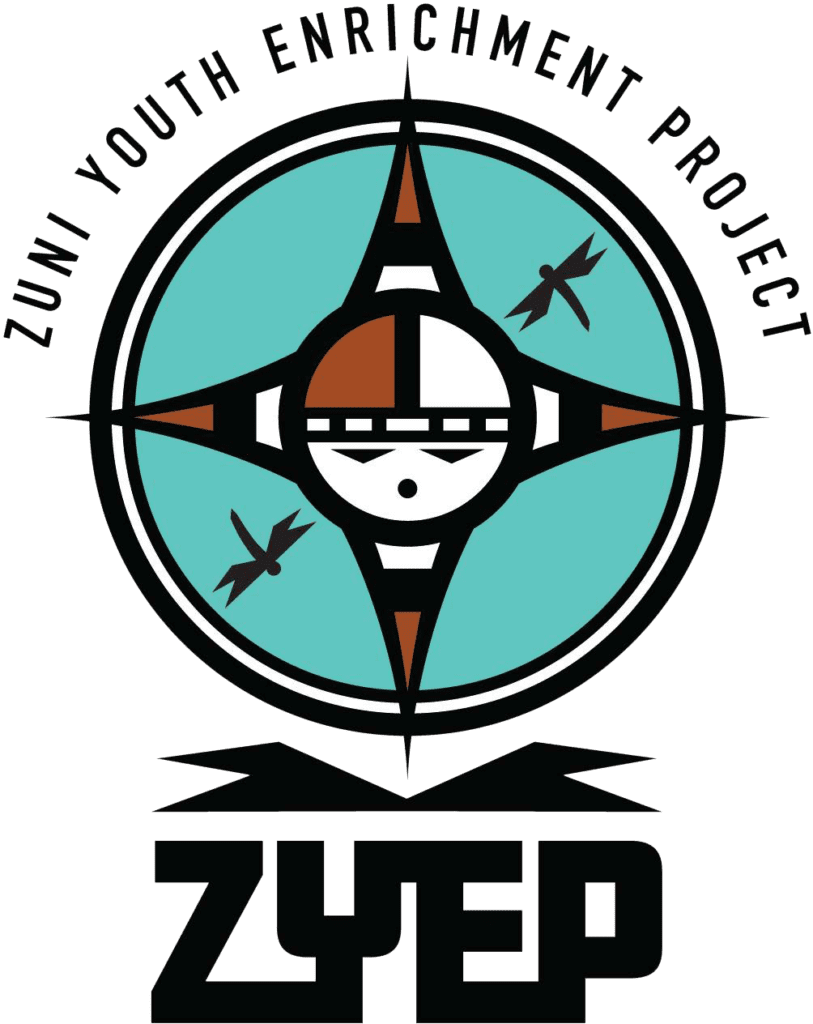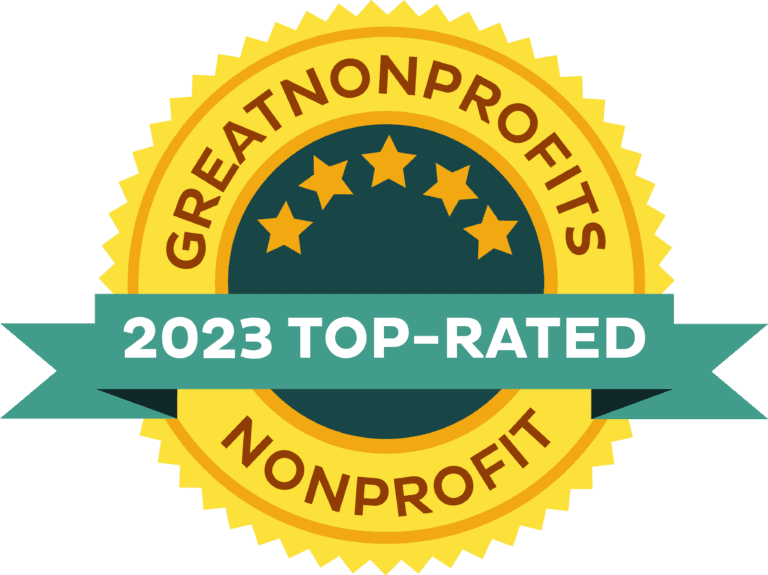ZUNI, NM (Mar. 27, 2024) — This year’s spring break was a special one for nine Zuni youth ages 16-21. On Mar. 12-15, the Zuni Youth Enrichment Project led a “Connect to Land” trip to Moab, Utah, that allowed participants to visit culturally significant ancestral sites and engage with National Park Service staff.
ZYEP announced in February that it is expanding its Connect to Land initiative in 2024, with support from the National Park Foundation’s ParkVentures Program and the 11th Hour Project, a program of the Schmidt Family Foundation. The nonprofit youth organization plans to offer multiple trips to national parks in the Southwest this year.
Led by Josh Kudrna, ZYEP’s operations manager, Brittny Seowtewa, ZYEP’s food sovereignty coordinator, and cultural advisor Enric Tsalate, the March trip was the first of these offerings. According to Kudrna, the youth project had several goals for the four-day experience.
“One of our common goals across all of these trips is to help our participants feel that camping is easily accessible to them,” he said. “This comes from how we pick our campsites, the equipment we use, the food we cook, the activities we plan, and so on.”
A second goal is to provide opportunities to meet with NPS staff so Zuni youth can hear their perspectives on collaboration with tribes, how they protect sacred spaces, and what avenues exist for young people to find work and represent their communities within NPS.
“A number of our participants had a lot of interest in learning more about the different work opportunities,” Kudrna said. “NPS staff shared resources and contacts with us, so our youth will be able to follow up if they wish.”
The third goal is to connect Zuni youth to ancestral spaces. Kudrna noted that the Moab trip was unique in one respect.
“We specifically had an interest in taking the young people to Moab because that area is not commonly discussed as being part of Zuni history,” he explained. “Thankfully, our cultural advisor, Enric, has been to the area and was ready to speak about the specifics of what we would be seeing. He also was prepared for how he wanted to use these spaces to share his broader cultural knowledge.
“Throughout the trip, Enric led the group through prayers and providing offerings, while explaining the spiritual significance of doing these things both to connect with ancestors and to engage in practices that help protect Zuni culture,” Kudrna continued. “Our participants often discussed how important it felt for them to be there, to see those things — and how they envisioned their ancestors present with them while we visited various sites.”
On the first day, the ZYEP group drove to Moab with a quick stop in Cortez, Colorado, for lunch. They arrived at their Moab camp on the Colorado River mid-afternoon, set up, and visited a nearby cultural area with petroglyphs and petrified dinosaur tracks.
Arches National Park was the second day’s destination. The group hiked 3 miles round-trip through a steep sandstone landscape to Delicate Arch, viewing petroglyphs along the way; and they visited Devils Garden and Landscape Arch, where the exposed sandstone formations are dramatically different from other areas of the park.
“Four days isn’t much time, so we prioritized visiting spaces with petroglyphs and pictographs to facilitate discussions around Zuni connections to this area,” Kudrna explained. “Moab is surrounded by sites with ancestral connections, and we only had time to visit a handful. Among them were sites with petroglyphs at the confluence of waterways, pictographs overlooking major ancient pathways, valuable desert seep springs, and standing ancestral structures.”
On the third day, the group had the opportunity to meet with NPS staff. These included Laura Martin, the cultural heritage program manager who is responsible for tribal collaborations, and Leslie Kobinksy, who is responsible for backcountry permits.
“I knew Leslie from when she worked at El Morro National Monument, and she helped connect us with different park staff for planning our visit,” Kudrna said. “The NPS staff spoke with us about what is involved with cultural protections, how they work with tribes, and how they work with commercial groups that might come in contact with isolated, protected cultural sites. They also talked about the many different ways to work with the park service.”
NPS staff took the ZYEP group to a cliff site covered with large pictographs. These pictographs overlooked the main Colorado River crossing that ancestral travelers would have used.
“After our meeting, we traveled south to Canyonlands National Park,” Kudrna said. “During the drive into the park, we stopped at Newspaper Rock to view and discuss the petroglyphs. Then we stopped at a small ancestral structure within the park considered to be a type of grain storage, and then visited a spot called Cave Spring.”
At Cave Spring, a seep spring emerges from sandstone in a low, open-roofed cave. Pictographs surrounded the spring, leading to an in-depth discussion about the importance of desert springs and protecting water.
“Afterward, we went off on a purely scenic hike that gave us an overview of the area,” Kudrna recalled. “We spent our time relaxing and being present before heading back to camp. Every night after dinner, we sat around our campfire with s’mores and other snacks, talking about what we experienced that day and reflecting on the bigger picture and the impact the trip was having.”
He observed that these evening gatherings gave each participant an opportunity to speak about how their experiences were having an impact on them. They also reflected on how camping was refreshing and restorative, thanks to connection with nature and disconnection from technology and the many stresses of daily life.
“This was a great bonding time, and it was very grounding after each day of being on the move,” Kudrna noted.
Although they were met with snowy conditions on the final day of the trip, the ZYEP group was still able to visit Yucca House National Monument in Cortez, Colorado, where they learned more about Zuni migration history. They returned home to Zuni later that day
Kudrna said he and the ZYEP team are grateful to the NPS staff who engaged with the Zuni youth during their visit.
“They were extremely accommodating and pleasant,” he said. “In addition to talking about their work with tribes, they showed us the different things they have done to better represent the people who first took care of that land.”
NPS staff discussed their collaboration with the Zuni Cultural Resource Advisory Team (ZCRAT) on site protections and displays. While there certainly are logistical and financial challenges involved with ensuring that all key advisors are present to provide input, they said NPS recognizes the necessity and value of including indigenous voices so communities connected to these spaces are represented — and heard.
To learn more about the Zuni Youth Enrichment Project and its programs, and for information about making donations, partnering with ZYEP, and volunteering, call (505) 782-8000 or visit zyep.org. And, to stay up to date on the latest news and events, follow the nonprofit youth organization on Facebook (/zuniyouthenrichmentproject), Instagram (@zuniyouthenrichmentproject), YouTube (/ZuniYouth), and TikTok (/zyep09)
Founded in 2009, the nonprofit Zuni Youth Enrichment Project is dedicated to promoting resilience among Zuni youth so they will grow into strong, healthy adults who are connected with Zuni traditions. ZYEP fulfills its mission by providing positive role models, enriching programs, and nurturing spaces that contribute to the healthy development of Zuni youth. ZYEP strives to provide every child with the encouragement and opportunities they need to reach their full potential.






